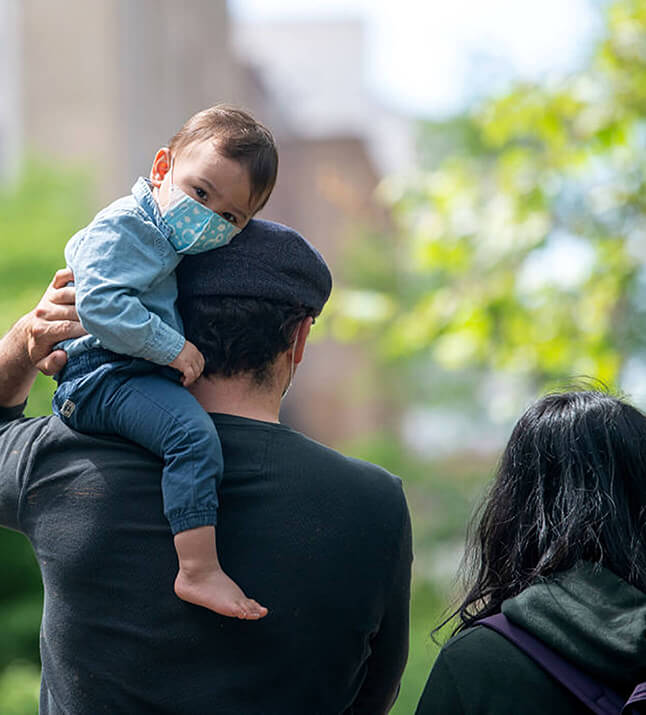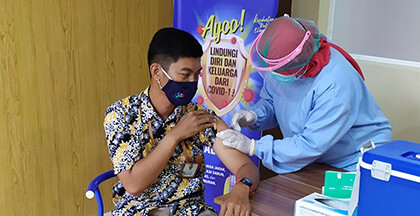Chapter 06
In 10,000 BCE, a deadly new virus emerged in Northeast Africa, killing indiscriminately and causing a disease we now know as smallpox. Due to global migration, smallpox arrived in China by the 4th century CE, and in Europe in the 7th century,1 and continued to kill millions of people until a coordinated global effort eradicated the disease in 1977.2 The speed at which viruses can travel the globe and cause human and economic devastation has increased steadily since we first experienced smallpox, as COVID-19 and other diseases have tragically demonstrated.
Ebola in Nigeria
However, humans can, and have, improved their ability to fight back.
In mid-2014, West Africa was in the grip of the largest epidemic of Ebola the world had ever seen. While the epidemic had primarily taken hold in Liberia, Guinea and Sierra Leone, countries across West Africa were on high alert. On July 20, 2014, a man infected with Ebola landed in Lagos, Nigeria, a city of 21 million. Infections began to spread immediately. By the end of the month, the first patient had died, an infected individual had flown to another city and nearly one thousand contacts had been exposed to the virus.
And yet, in Nigeria, the outbreak was over in less than three months. Thanks to a herculean public health response, Nigeria was free from Ebola by October 2, after 20 cases and eight deaths total in the country.3
Nigeria stopped Ebola from spreading nationally, and potentially regionally, with effective communication, coordinated response activities and dedicated leadership.

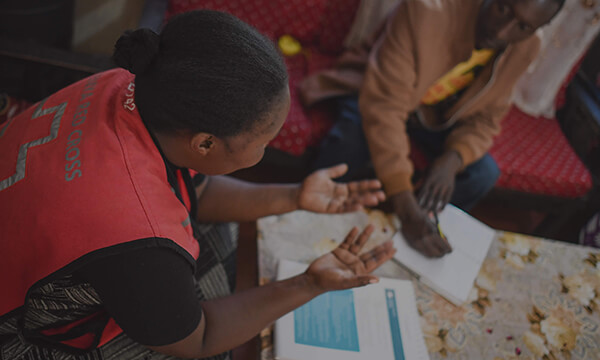
We can stop epidemics before they happen
In these case studies, we highlight the successes of these epidemics that weren’t.
In this report, we share inspiring stories of Epidemics That Didn’t Happen, or whose impact was lessened, because of careful planning and swift strategic action. These Epidemics That Didn’t Happen show us how the trajectory of an epidemic can be fundamentally altered when a country invests in and prioritizes preparedness for infectious disease outbreaks and readiness to act when it strikes.
As the world continues to work to stop COVID-19 and better prepare for the next disease threat, these stories serve as a reminder that we can do better. By investing in and prioritizing preparedness and response systems, we can save millions of lives and trillions of dollars and avert global tragedy in the years to come.
The COVID-19 pandemic revealed gaps in response systems across high, middle- and low-income countries – it is vital leaders across the world assess, and more importantly, improve, governance for public health emergencies. These examples demonstrate that preparedness works.
-

Chapter 02
Yellow Fever In Brazil
When yellow fever threatened to spread to major Brazilian cities, government officials dramatically expanded vaccinations, increased vaccine production capacity, reinforced surveillance of animals that carry the disease and deployed sophisticated diagnostics to contain the outbreak.
-
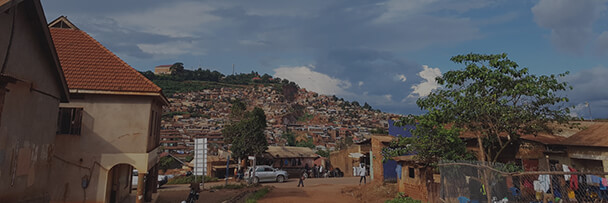
Chapter 03
Ebola In Uganda
Quick activation of the health emergency response system in Uganda stopped Ebola from spreading into the country when the virus erupted on Uganda’s busy border with the Democratic Republic of Congo (DRC) in 2018.
-

Chapter 04
Anthrax In Kenya
In rural Kenya, a deadly anthrax outbreak was identified and brought under control quickly thanks to a community-based surveillance system and a trained volunteer quickly who took action.
-

Chapter 05
Monkeypox In Nigeria
Health officials in a coastal Nigerian state quickly contained an outbreak of monkeypox through strong collaboration with national rapid response teams, identifying and correcting weaknesses in the response and providing education and recommendations to improve future responses.
-

-
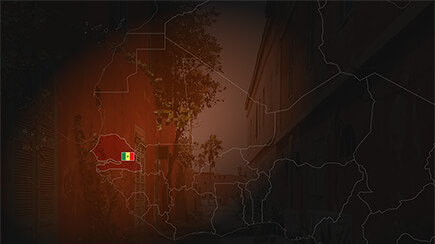
Chapter 07
COVID-19 in Senegal
-

Chapter 08
COVID-19 in Vietnam
-

Chapter 09
COVID-19 in Africa

Disclaimer: The eight case studies included in this report provide examples of strong preparedness and response to specific outbreaks. This is not to suggest that every action taken was perfect, or that the countries in question will handle future outbreaks in the same manner. We highlight these examples to show what is possible, but do not endorse any country’s response as a standard for these or future response efforts. Many examples of effective outbreak detection and control exist throughout the world; these eight studies were chosen to illustrate different aspects of effective public health programs.
References
- Centers for Disease Control and Prevention. (2021). History of Smallpox | Smallpox | CDC. https://www.cdc.gov/smallpox/history/history.html
- World Health Organization. (2011). Smallpox: Eradicating An Ancient Source. Bugs, Drugs and Smoke: Stories from Public Health, 1–21. https://www.who.int/about/bugs_drugs_smoke_chapter_1_smallpox.pdf
- Centers for Disease Control and Prevention. (2019). 2014-2016 Ebola Outbreak in West Africa | History | Ebola (Ebola Virus Disease) | CDC. https://www.cdc.gov/vhf/ebola/history/2014-2016-outbreak/index.html
